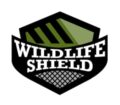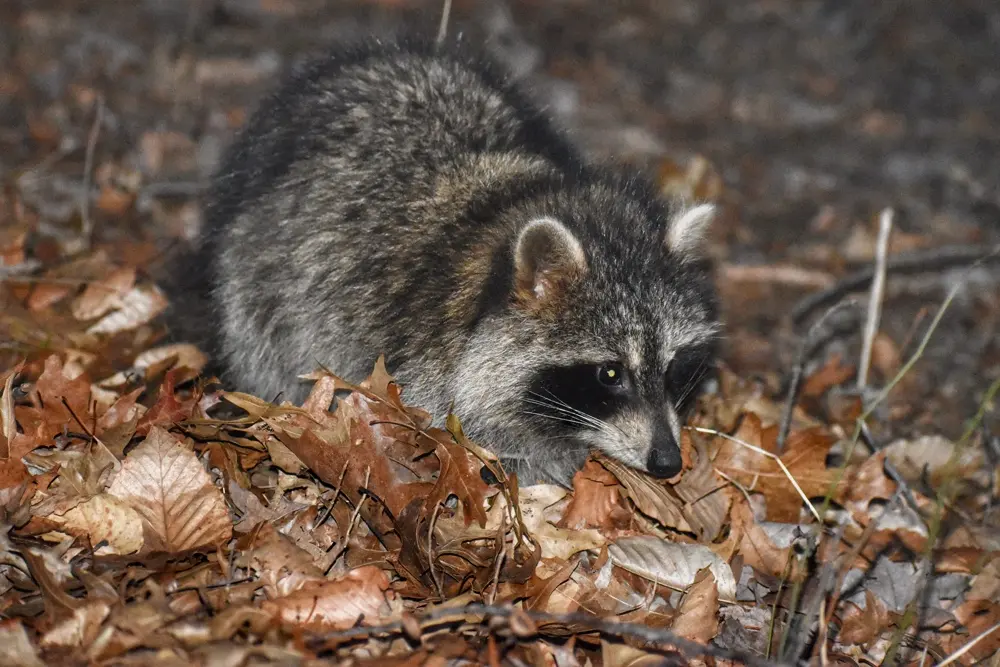Roof vents are only designed with the necessity to expel air and keep precipitation out of the attic in the process. Even in Ontario, where raccoons are plentiful, manufacturers typically do not rank raccoon attic invasions as reasons to make their vents raccoon-proof. This is where raccoon vent proofing comes into play. But how do animals manage to get through these vents in the first place? Call our raccoon proofing services to get help with raccoon control and removal.
Animals are intelligent creatures in matters of survival and safety, so it is no wonder that the general isolation and warmth of an attic would be attractive areas for them to bed down. Of the types of animals that frequent rooftops, raccoons and to a certain extent, squirrels, are the primary animals that work towards finding a way to remove roof vents to enter an attic. They typically work at the removal of vents over days, and unless a vent is proofed, they will usually find a way to get through it.
Raccoons will use their hands to work toward prying open the vents, which can include ripping, shredding, and forcing the vent open. Since roof vents are entry points into an attic, exposure to the outside is only as secure as the material that makes up the structure of the vent. Vents that are made with less sturdy materials will typically be easy for raccoons to remove, or, at the very least tear away at the sides of the vent to expose the hole entering into the attic.
Squirrels and even birds and bats can also take their time chewing away from the material that holds the vent in place, usually plastic or a more pliable type of metal. Once the material that holds the vent in place is weakened enough, squirrels can usually just use their paws to rip back the material to slip into an incredibly small opening that leads into the attic. Raccoons will have to work a little bit harder to make a bigger hole.

